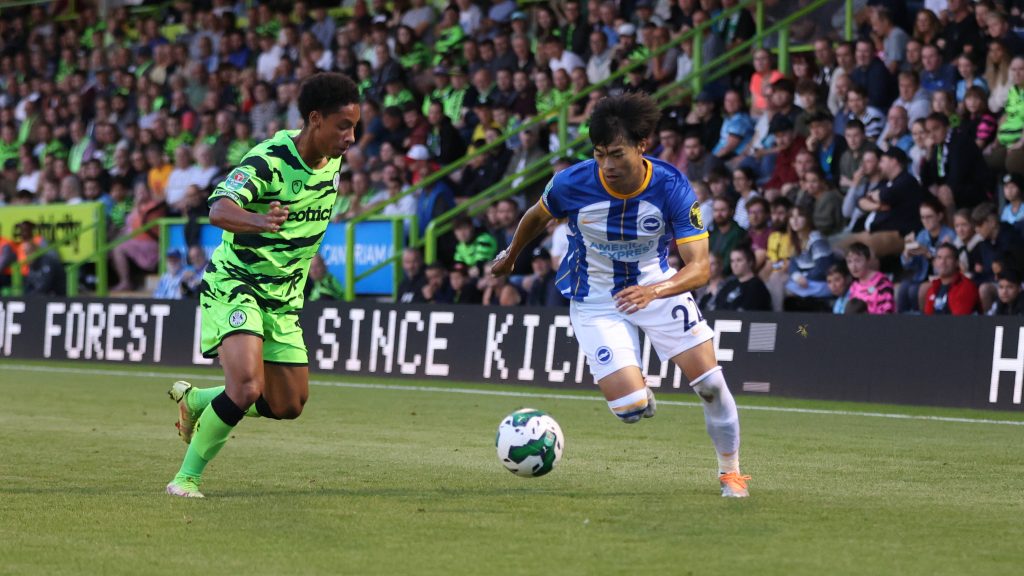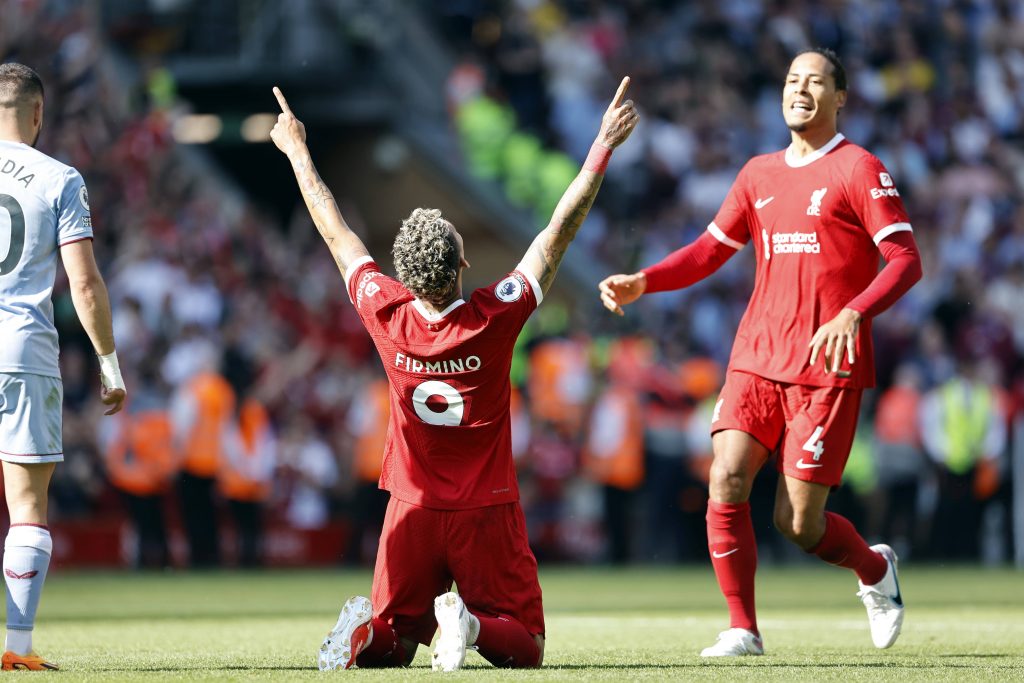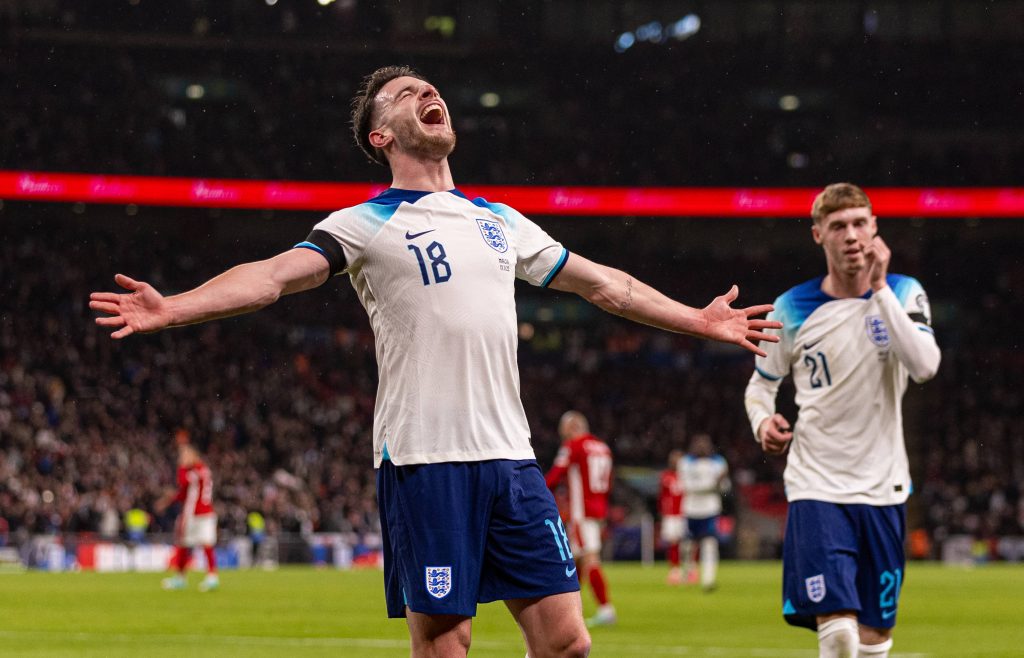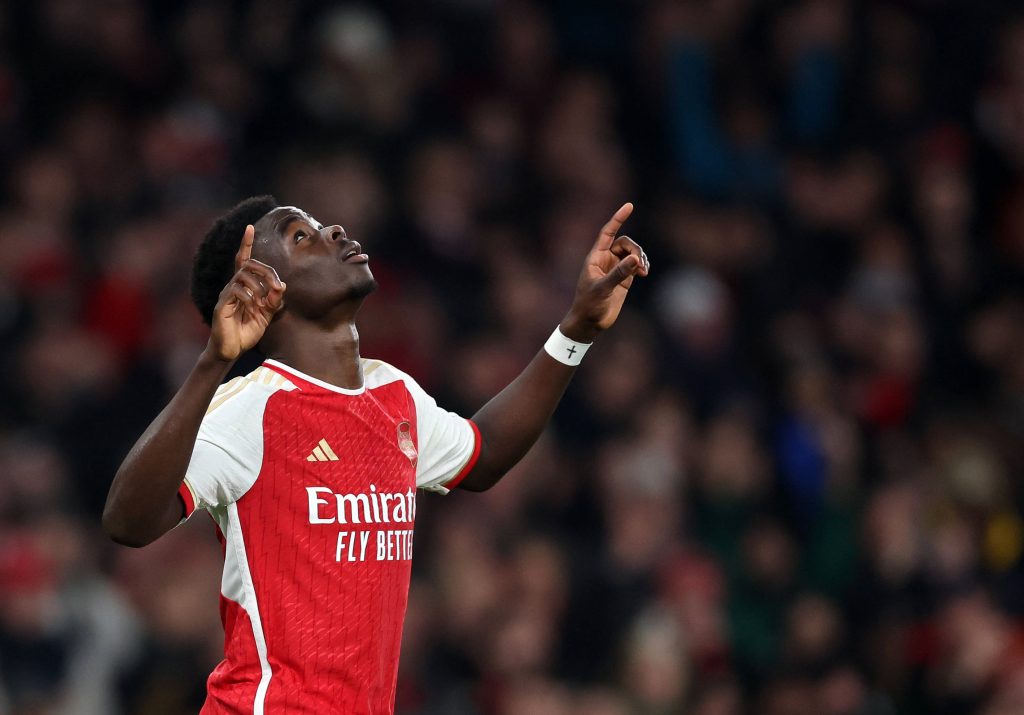Alex Stewart looks at a way of adding a layer of value to volume in dribbling numbers
Earlier this month we released an article on two transitional pass metrics, a pair of new metrics added to the TransferLab platform. One of the others was Dribble Plus, which we will explore briefly here.
Dribble Plus is simply the quality of a dribble plus the quality of the action that immediately follows it. This could obviously be a shot on target, or a successful pass or cross, or it could be something negative, like an intercepted pass, a loss of possession through a tackle, or a shot blazed over.
Dribbling is an especially interesting area for data analytics for several reasons. It’s one of the more overtly individual actions, because a player has to have possession for longer than normal without moving it on to dribble. A good dribble does not equate to a good outcome, either. A player could beat three or four opponents, but if the outcome is to lose possession to the fifth, or find themselves in a cul-de-sac because they have carried the ball too far away from support, nothing has been achieved.
Dribbling is also interesting because the eye probably overvalues it on the basis that it is fun. A player slaloming through tackles, utilising individual physical and technical ability to beat opponents, is one of the more exhilarating spectacles in football.
This impact of dribbling, the fact that it gets fans off their feet, probably leads us instinctively to overvalue the action relative to actual output, most of the time. Of course, good dribbling followed by good output can be of huge value. Teams can break lines, gain territory, through opposition defences out of shape, and score the best goal you’ve ever seen (as above).
So, using TransferLab’s new metric, who is good value for dribbling and who just does it a lot?
As with our last piece, we can use the Player Plot function in TransferLab to plot dribbles per 90 versus dribble plus quality; this will sort the players who just dribble a lot from those who do something with it.
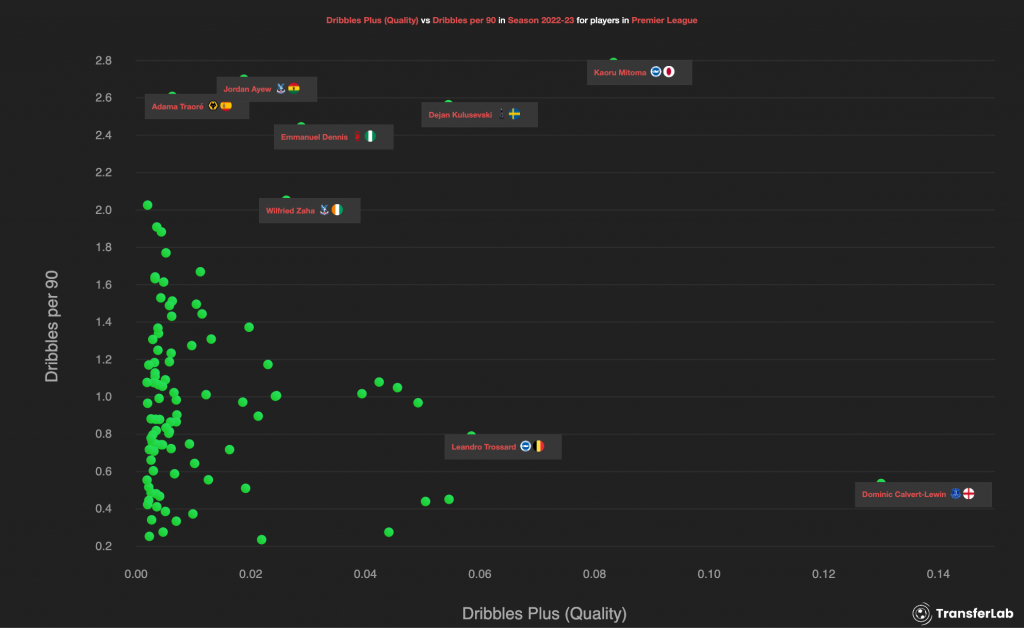
In the Premier League over the season so far, we can see the volume kings, Adama Traore and Jordan Ayew (Michael Olise is also there, hidden under the Ayew label), while for quality, Dominic Calvert-Lewin is out on his own but very rarely dribbles. The two best players for the intersection of quantity and quality are Dejan Kulusevski, subject of this excellent article, and Kaoru Mitoma, who has been great in limited minutes for Brighton (we set a 300 minute threshold on this graph, and Mitoma just sneaks in).
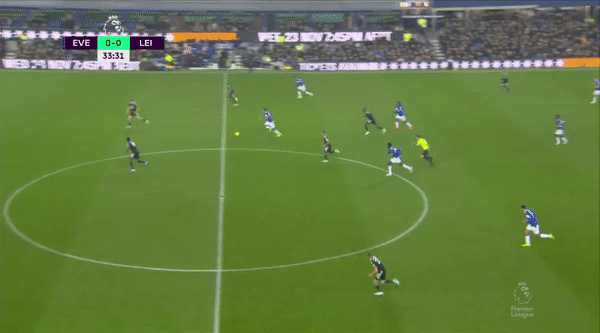
In LaLiga, Betis lead the way for players with high dribble plus values, although only Nabil Fekir really stands out for volume as well.

Vinicius Junior and Ousame Dembele have very similar levels of quality, although Vinicius manages more dribbles per 90, while Villarreal’s Samuel Chukwueze stands out as a great balance of volume and quality.

Having looked at quality versus quantity, we can also have a quick look at players’ dribbling quality alone, versus the dribbling plus metric.

Again, Fekir, Chukwueze, and Vinicius Junior stand out. What we can see, though, is that Vinicius (and Raphinha, for example), bring a lot of quality with their dribbling but considerably less with the action that comes after it. By contrast, Aleix Vidal’s sum dribbles are a net negative, but he actually brings a net positive with the actions that follow. Betis’ Rodri clearly doesn’t dribble much (as we can see from the earlier graph) or bring much quality with those, but his post-dribble actions are third best in the league.
This metric can help show which players bring a lot in terms of dribbling volume, and which actually do something with the ball afterwards. Dribbling is fun, but output is better.
Header image copyright IMAGO / AFLOSPORT

